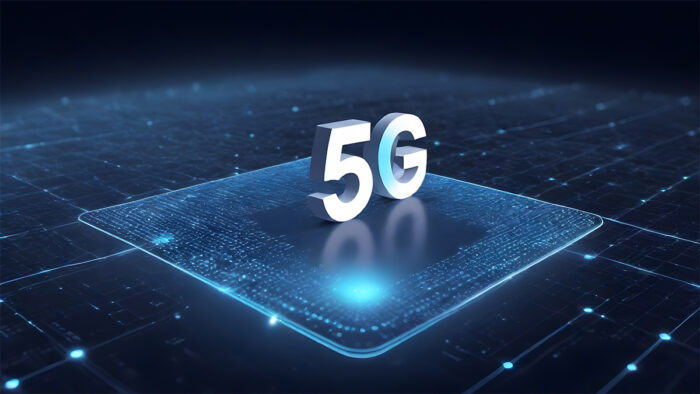5G NR is the new generation of radio access technology, made by 3GPP (3rd Generation Partnership Project) for the 5G mobile network. It was designed to be the specification for 5G networks. This radio access technology provides upgraded mobile broadband, massive machine-type communications, low latency, and reliable communication.

5G NR has an incredible standard for mobile communication in new ways. This includes the spectrum above 6 GHz, which is formally non-usable by cellular services. It brings faster internet speeds and better connectivity to our devices.
Unlike previous generations, it makes use of new frequencies and advanced techniques to transmit data more efficiently. Allowing for quicker downloads and smoother streaming for users. This new radio works by sending signals between your device and nearby cell towers. Using a wider range of frequencies than old technologies.
This means you can enjoy incredible internet speeds and more reliable connections. You can enjoy fast internet speeds even in crowded areas with lots of people using their devices at the same time.
Overall, 5G NR is paving the way for a new era of connectivity. And allowing innovations such as augmented reality, autonomous vehicles, and the Internet of Things to become a reality.
How Does it Work?
This new radio works by using radio access technology that is based on OFDM. This is just the same technology that the 4G LTE network uses. It also makes use of other technologies to achieve amazing performance across different mobile networks.
Higher radio spectrum bands
Just so you know, 5G NR makes use of two high-frequency bands for communication purposes. These higher bands are very wide, and they support very high data transmission and throughput rates. Although these high-frequency signals have a short range, they can easily be extended through small cells and reapers in order to reach specific areas.
Beamforming
Beamforming enables the network operators to beam the communication from the base station to the specific device. This easily improves reliability via antenna beam patterns that can provide enhanced reliability and reduce interference.
QAM modulation
QAM modulation, short for Quadrature Amplitude Modulation, is an amazing way to send data wirelessly compared to what 4G LTE uses. With it, you can send data faster and more effectively, fitting more information into the same space. This means we can do more with our internet connection without needing extra room for the signals to travel.
Small cell coordination
5G small cells can be used to extend the capacity and coverage of the public network by mobile operators, especially when cells get joined together. Administrators can organize these networks for small cell load balancing. As well as overcoming physical obstructions that are more difficult when broadcasting over very high frequencies.
5G NR deployment
Deploying 5G NR networks, including private 5G, lets businesses set up and manage their own high-speed networks similar to Wi-Fi setups. To get started, you can use a Network Planner tool, which helps estimate the size of your private 5G LAN based on factors like coverage area, available spectrum, device density, and the needs of your applications.
Deployment modes
It can easily be deployed in various ways. This flexibility needs wide adoption of the new radio, especially in areas where 4G cellular architecture is already available.
- Standalone Mode – Make use of the 5G packet core for both signaling and information transfer.
- Non Standalone Mode- Make use of the current control plane of the 4G network for control functions while making use of the 5G new radio across the user plan. This helps to reduce hardware costs and enhance implementation times.
- Dynamic spectrum shares – Shares spectrum between 5G NR and 4G LTE is based on demand. Just so you know, this deployment is mainly used where 4G LTE infrastructure works with the new radio terminal. Just like NSA mode, this mode helps to reduce hardware costs and improve fast implementation.
You can deploy this latest cellular wireless technology in order to enjoy its amazing and transformative benefits for enterprise mobility.
What Does 5G NR Offer?
This network offers improved bandwidth, data rates, and latency over other wireless technologies. It is made to offer more capacity, faster data speeds, more connectivity options, and improved network efficiency. It also supports use cases like critical applications that require ultra-low latency and the Internet of Things (IoT).
Is it a Good Choice?
5G NR is designed for the latest generation of mobile networks. Just as I have mentioned above, it provides increased capacity, improved network efficiency, faster data speeds, and lower latency than other wireless technologies.
Also, it supports features such as massive MIMO, dynamic spectrum sharing, and beamforming. This new radio technology is made to offer users the best mobile experience. And allow new use cases such as AR/VR applications, autonomous vehicles, and many more.



